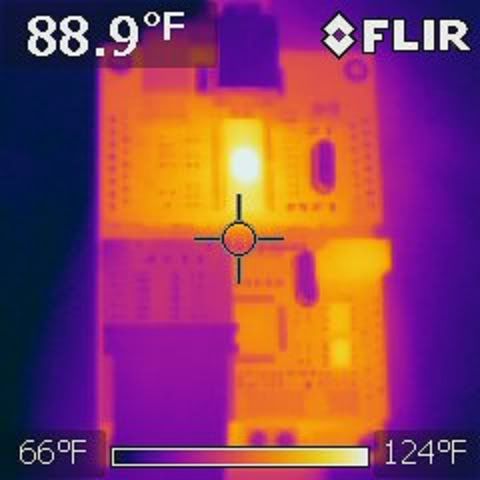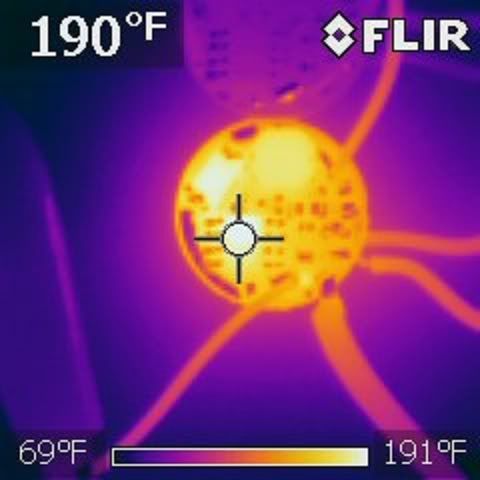- Joined
- Feb 18, 2012
- Messages
- 148
- Points
- 18
Everything starts with an idea...
So here's my latest idea :
:
Has anyone tried to build an IR thermometer from the ground up? The technology doesn't seem too difficult; kind of like focusing a laser, only in the reverse direction.
Using something like this (although there are probably better ones for this task):
http://www.melexis.com/Infrared-Thermometer-Sensors/Infrared-Thermometer-Sensors/MLX90614-615.aspx
Since the digital thermopiles handle most of the difficult parts of this idea, it seems that we would only need to add a host and focusing lens and work out some way of displaying the temperature reading.
Since we are able to make lasers which far outperform the cheap Chinese lasers, it seems reasonable that we would be able to make a thermometer that outperforms the cheap Chinese ones (which are being sold on ebay for practically nothing).
Other than the basic concepts of IR thermometry, I don't know a lot about the inner working of these things.
Does anyone have input here?
So here's my latest idea
Has anyone tried to build an IR thermometer from the ground up? The technology doesn't seem too difficult; kind of like focusing a laser, only in the reverse direction.
Using something like this (although there are probably better ones for this task):
http://www.melexis.com/Infrared-Thermometer-Sensors/Infrared-Thermometer-Sensors/MLX90614-615.aspx
Since the digital thermopiles handle most of the difficult parts of this idea, it seems that we would only need to add a host and focusing lens and work out some way of displaying the temperature reading.
Since we are able to make lasers which far outperform the cheap Chinese lasers, it seems reasonable that we would be able to make a thermometer that outperforms the cheap Chinese ones (which are being sold on ebay for practically nothing).
Other than the basic concepts of IR thermometry, I don't know a lot about the inner working of these things.
Does anyone have input here?







